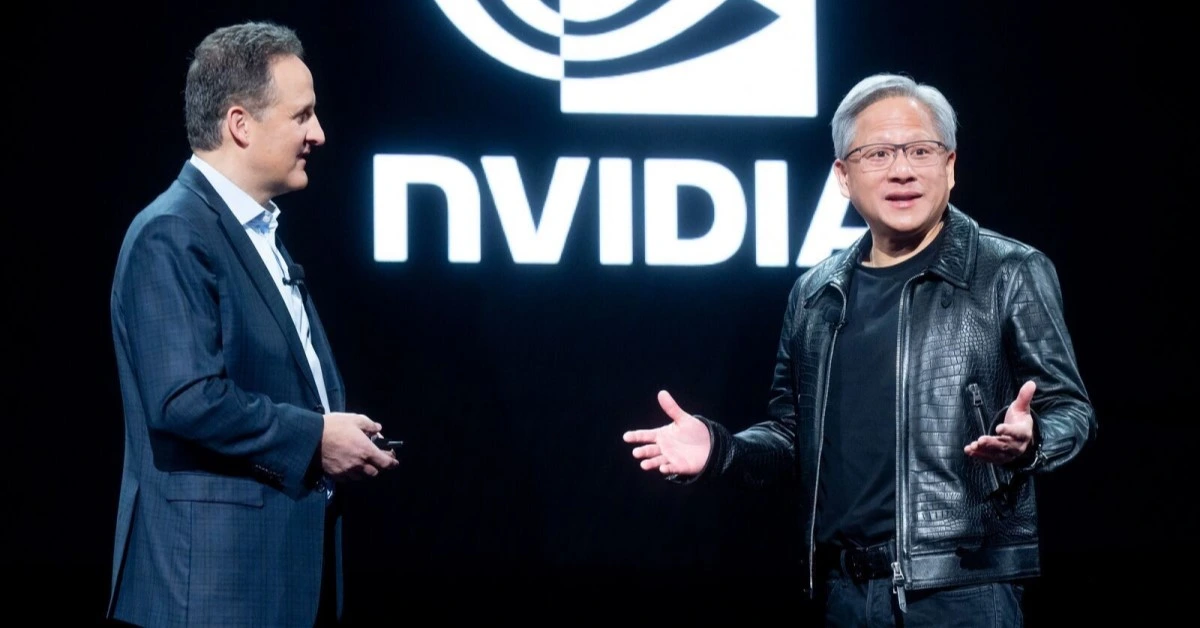
USA – NVIDIA Healthcare has announced the integration of its advanced AI microservices suite, NIM (NVIDIA AI Microservices), with Amazon Web Services (AWS), aiming to drive innovation in healthcare, specifically in drug discovery, medical imaging, and genomics.
This partnership builds on a decade-long collaboration between NVIDIA and AWS, delivering GPU-accelerated solutions that span from cloud to edge computing, offering unparalleled performance, reliability, and scalability.
NVIDIA’s AI Enterprise software, now available on AWS Marketplace, allows healthcare developers to leverage a growing library of AI models through standard APIs.
This integration, supported by Amazon SageMaker and AWS ParallelCluster, simplifies the deployment and management of machine learning models and high-performance computing (HPC) clusters on AWS.
By utilizing these tools, healthcare organizations can rapidly integrate AI into their operations, speeding up processes like drug discovery and genomic analysis.
NVIDIA explained, “Easy access to NIM will enable the thousands of healthcare and life sciences companies already using AWS to deploy generative AI more quickly, without the complexities of model development and packaging for production.”
Transforming genomic data analysis
NIM also incorporates specialized genomics models, particularly those developed through NVIDIA’s Parabricks software, which is designed to accelerate genomic data analysis.
These workflows are now available on AWS HealthOmics as Ready2Run pipelines, enabling organizations to access pre-built genomic analysis tools that streamline data processing.
AWS HealthOmics, tailored for biological data analysis, now supports the orchestration of these microservices, providing healthcare professionals with the resources to analyze complex genomic sequences efficiently.
NVIDIA added, “These AI models optimize protein and genomic sequence decoding and support cutting-edge applications in conversational AI and visual GenAI for digital avatars and healthcare assistants.”
AI-powered tools for healthcare providers and researchers
The collaboration promises to enhance both patient and clinician support by enabling AI-powered assistants that can synthesize research and improve productivity using organization-specific data.
These AI models, trained through techniques like Retrieval-Augmented Generation (RAG), can tap into internal data sources to provide insights that assist healthcare providers with decision-making and research synthesis.
Startups and researchers are already leveraging these AI-powered tools to accelerate drug discovery, design new proteins, and analyze cloud-based healthcare data.
NVIDIA’s BioNeMo™ foundation models (FMs) are also set to be available on AWS HealthOmics, providing healthcare and life sciences organizations with the ability to store, query, and analyze genomic and other “omics” data with AI-driven insights.
Addressing AI adoption in healthcare
While concerns persist regarding AI accuracy and its broader implications for healthcare, there is growing optimism among professionals.
According to a survey by Wolters Kluwer Health, nearly 70% of physicians embrace the benefits of generative AI in healthcare.
NVIDIA Healthcare’s 25 new cloud-agnostic microservices, introduced in March, further support the integration of AI in applications that cater to digital health and healthcare innovation.
Focus on security and data protection
Security remains a top priority as AI adoption grows in healthcare. AWS’s AI infrastructure includes robust security measures to protect customer data during processing.
NVIDIA emphasized that, “AWS AI infrastructure and services already have security features in place to give customers control over their data and ensure that it is not shared with third-party model providers.”
This enhanced security environment, verified by the cybersecurity firm NCC Group, ensures the protection of both customer data and code during AI model development and deployment.
NVIDIA is also collaborating with Johnson & Johnson MedTech to integrate AI into surgical procedures.
This partnership will enhance real-time analysis during surgeries and expand the use of AI algorithms in decision-making, education, and collaboration within the operating room.
XRP HEALTHCARE L.L.C | License Number: 2312867.01 | Dubai | © Copyright 2025 | All Rights Reserved